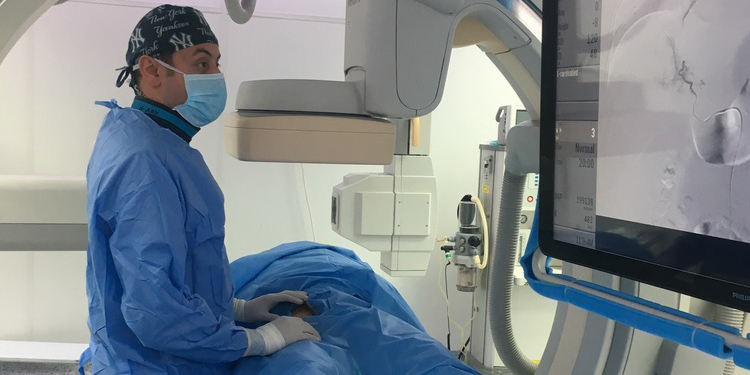
Overview
Vascular Disease: Understanding the Circulatory System
Vascular disease encompasses a range of conditions affecting the circulatory system, comprising arteries, veins, and lymph vessels, as well as blood disorders impacting circulation.
Overview of Blood Vessels: Arteries, Veins, and Capillaries
Blood vessels, vital elastic-like tubes, transport blood throughout the body, including:
- Arteries: Carry blood away from the heart.
- Veins: Return blood to the heart.
- Capillaries: Tiny vessels connecting small veins and arteries, facilitating oxygen and nutrient exchange with tissues.
Types of Vascular Disease
Peripheral Artery Disease (PAD)
Blockage in leg arteries, potentially leading to limb loss.
Intestinal Ischemic Syndrome: Affecting gastrointestinal blood vessels.
Renal Artery Disease: Linked to hypertension and kidney issues.
Popliteal Entrapment Syndrome: Rare condition affecting leg arteries in young athletes.
Raynaud's Phenomenon: Involves spasms in small finger arteries due to cold or stress.
Buerger's Disease: Associated with tobacco use, causing arterial blockages.
Carotid Artery Issues
Carotid Artery Disease: Arterial blockage supplying the brain.
Carotid Artery Dissection: Tear in artery wall leading to blood leakage.
Carotid Body Tumors: Growths near the carotid artery.
Carotid Artery Aneurysm: Bulge weakening the artery wall.
Venous Disease
Varicose Veins: Swollen veins caused by damaged valves.
Spider Veins: Burst capillaries create red or purple marks.
Klippel-Trenaunay Syndrome (KTS): Congenital vascular disorder.
May-Thurner Syndrome (MTS): Iliac artery compression increasing DVT risk.
Thoracic Outlet Syndrome (TOS): Nerve and vessel compression in the neck and chest.
Chronic Venous Insufficiency (CVI): Ineffective leg vein return causing discomfort.
